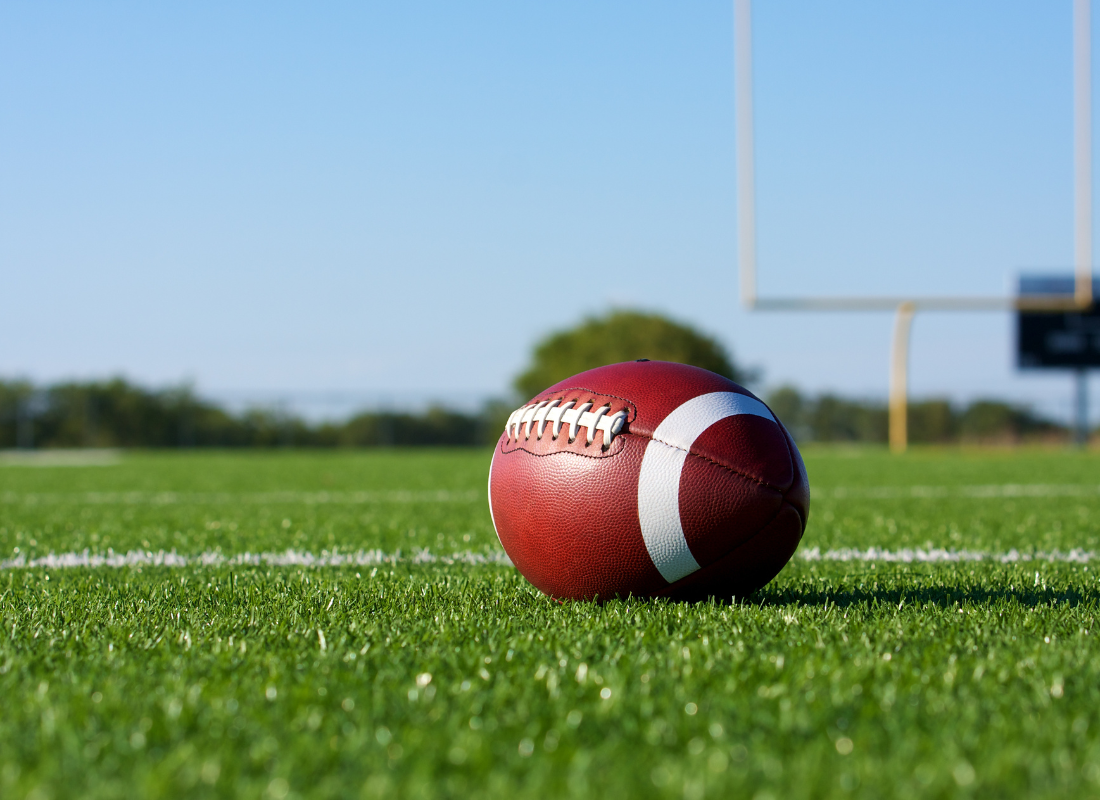Want more like this?
Sign up today to get free articles, webinars, whitepapers, yearly guides and more delivered to your inbox.
Alston Decision: Impacts on Student-Athletes & Universities
Originally published on August 10, 2021
Updated on March 4th, 2024
The collegiate athletics world has been dominated by discussion of name, image and likeness (NIL) of late. Rightfully so, as it represents one of the biggest changes to the college sports landscape in decades. Scattered amongst the talk is the Alston case, in which the U.S. Supreme Court ruled that the NCAA’s limits to athlete compensation for academic-related costs are in violation of the Sherman Antitrust Act. The rare unanimous decision was delivered on June 21, 2021—just nine days before NIL went into effect.
As a result of the Alston decision, the NCAA and its member schools are no longer able to cap grants-in-aid to tuition, fees, room, board, books and other expenses up to the value of the full cost of attendance. The NCAA must allow institutions to reimburse expenses pertaining to other education-related benefits such as computers, equipment and other tangible items not included in the cost of attendance calculation. Additionally, the NCAA can no longer limit internships for college athletes after their eligibility expires.
Financial Impacts to Athletics Departments
Changes in collegiate athletics finances resulting from the Alston decision are likely to impact universities and colleges more than NIL does. This is because they impact expenditures that will actually be made through the institution (as opposed to NIL which is directly between the student athlete and outside organizations). Athletic department business officers are crunching numbers under various scenarios, working with compliance, general counsel, campus, and conference offices to determine the best approach for their institution.
Over a year into the pandemic with uncertainty still looming, schools are struggling to find where they can allocate these additional expenses in their already lean budgets. We’ve seen athletic departments plan for up to seven-figure impacts to their budgets to account for these additional expenses. As one college athletics CFO indicated to our team, “It’s not pretty depending on how it all shakes out.”
How institutions plan to implement this also varies. We recommend working with campus to find out how similar scenarios with other student groups are handled. Consideration should be given to taxability of educational benefits to student-athletes, campus or state policies for purchasing/inventory of equipment, and whether endowment are funds available to help cover some of these costs. And, of course, Title IX should be taken into account.
Taxability to Student-Athletes
The additional benefits paid to student athletes due to the Alston decision also bring additional tax implications. The IRS has detailed guidance on the taxability of education related benefits and scholarships in its Publication 970, Tax Benefits for Education. Taxation of athletic scholarships is consistent with other scholarships awarded by institutions and often has both tax-free and taxable portions. Specifically, for a scholarship to be tax free, it must meet the following requirements:
- You must be a candidate for a degree at an eligible educational institution.
- It doesn’t exceed your qualified education expenses;
- It isn’t designated or earmarked for other purposes (such as room and board) and doesn’t require that it can’t be used for qualified education expenses; and,
- It doesn’t represent payment for teaching, research or other services required as a condition for receiving the scholarship.
The key element in the list above is what is considered “qualified education expenses.” Per the IRS, qualified education expenses are for “tuition and fees required to enroll at or attend an eligible educational institution; and course-related expenses, such as fees, books, supplies, and equipment that are required for the courses at the eligible educational institution. These items must be required of all students in your course of instruction.”
The IRS lists the following items as not meeting the definition of qualified education expenses (and therefore are taxable portions of the scholarship):
- Room and board
- Travel
- Research
- Clerical help
- Equipment and other expenses not required for enrollment in or attendance at an eligible educational institution
Publication 970 has a handy worksheet that can help student-athletes determine taxable scholarship and fellowship grant income.
Additionally, from IRS Topic No. 421 Scholarships, Fellowship Grants, and Other Grants, for purposes of reporting the taxable portion of the scholarship, the student athlete will report any portion of a scholarship, a fellowship grant, or other grant that must be included in gross income as follows:
- If filing Form 1040 or Form 1040-SR, include the taxable portion in the total amount reported on the “Wages, salaries, tips” line of your tax return. If the taxable amount wasn’t reported on Form W-2, enter “SCH” along with the taxable amount in the space to the left of the “Wages, salaries, tips” line.
- If filing Form 1040-NR, report the taxable amount on the “Scholarship and fellowship grants” line.
For many student-athletes, the taxable portion of scholarships that they’ve been receiving (room and board, for instance) was always taxable. But if they had no other taxable earnings, there may have been little to no tax effect once the federal income tax standard deduction was deducted from taxable income ($12,400 for 2020). With NIL and expanded educational benefits as a result of the Alston case, however, many student athletes will now find themselves with tax liabilities generated from these additional sources of taxable income.
The Alston decision is one of the many developments tying into NIL laws, and it’s one we’re ready to address. The collegiate athletics CPAs at James Moore continue to monitor name, image and likeness news that affects your institution. Please reach out to us with your questions and concerns.
All content provided in this article is for informational purposes only. Matters discussed in this article are subject to change. For up-to-date information on this subject please contact a James Moore professional. James Moore will not be held responsible for any claim, loss, damage or inconvenience caused as a result of any information within these pages or any information accessed through this site.
Other Posts You Might Like

